Lubrication Blog
The Beaujy Backstory to Gamay
On the hunt for an inexpensive alternative to Pinot Noir? Then let’s get beaujy.
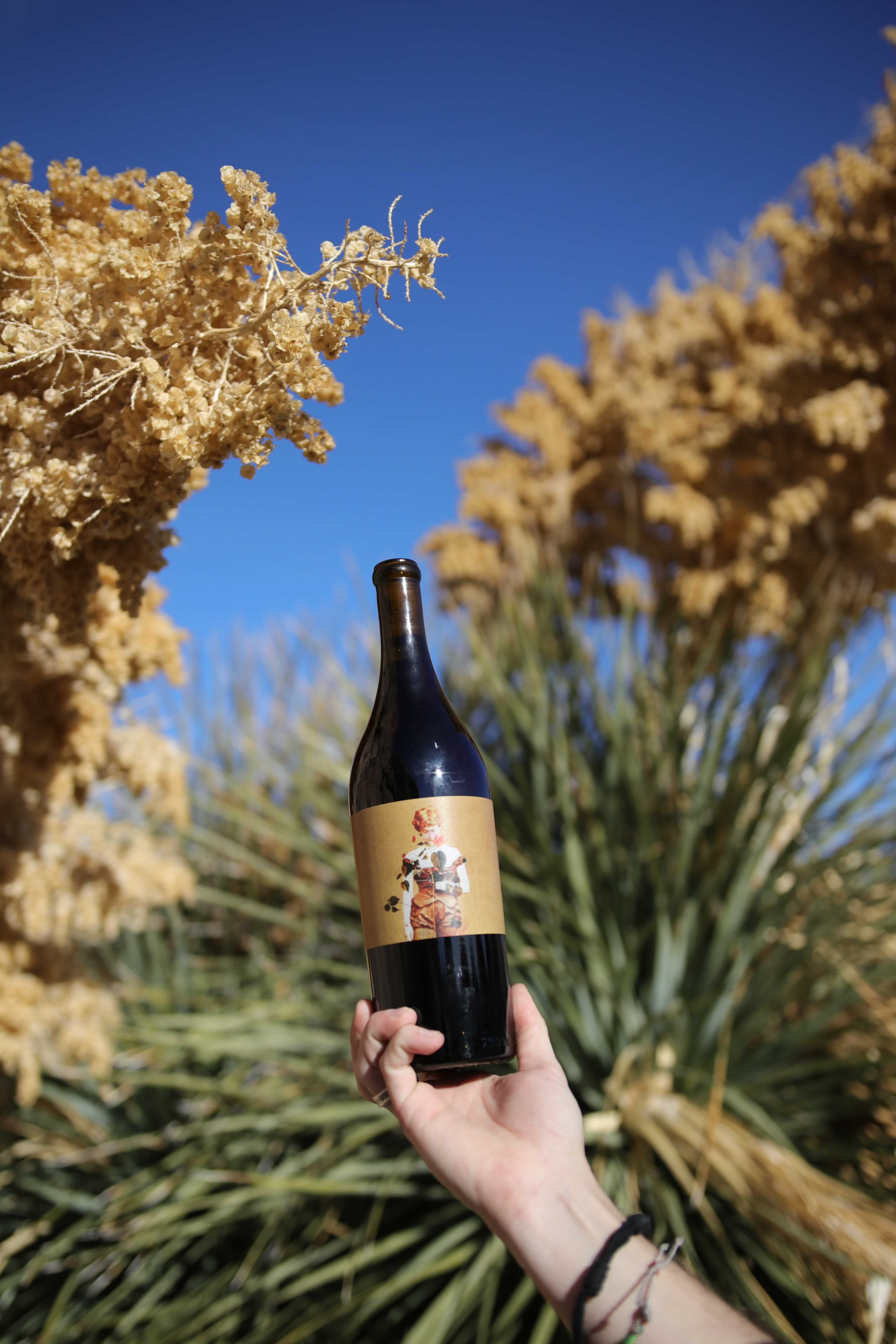
What is Gamay?
Gamay is a light-bodied grape originally thought to have first appeared in the village of Gamay, south of Beaune, France, in the 1360s. It most likely arrived from Germany with unenthusiastic welcome; the dukes of Burgundy even tried to outlaw its presence as they were unenthused by its unfamiliarity. It is a cousin of Pinot Noir and today grows primarily next to Burgundy in Beaujolais, France. It has become increasingly popular in France, Canada, Switzerland, Oregon, and New Zealand. DNA analysis shows that Gamay is actually a cross between Pinot Noir and Gouais Blanc. Gamay is easy drinkin’ and typically has lively acidity and low tannin. Gamay offers fruit-driven, candied characteristics with notable flavors of black currant, raspberry, banana, potting soil, and violets. If you find that you’re into Gamay and Pinot Noir, also give Grenache and Barbera a try. You won’t be disappointed.
Background of Beaujloais wine region
You simply can’t mention Gamay without talking about Beajolais, France, where 75% of the world’s Gamay is produced. It is located immediately south of Burgundy in eastern France. There are three major classifications to the wines produced in Beaujolais. Beaujolais or Beaujolais Nouveau, Beaujolais-Villages (slightly less tart, intense fruit, earthy, banana), and Beaujolais Cru (bold, complex, dark fruit, violets). The region's highest-quality wines are those of the ten Beaujolais 'crus' – ten vineyard areas long recognized as the finest in the area. The Gamay grape used to produce these distinctive wines is an early ripening, acidic variety. For this reason, carbonic maceration has become the accepted method for making most red Beaujolais wines. Whole clusters of grapes are sealed into fermentation tanks and pumped with carbon dioxide. Without any oxygen, fermentation begins inside the individual berries and the grapes end up crushing themselves from the weight of the alcohol produced during said fermentation.
What is a Beaujolais Nouvau wine?
As far back as the 1800s, it is French tradition for Beaujolais growers to gather and celebrate the end of the harvest by toasting the vintage with some of the young wine produced that year. Beaujolais Nouveau is a separate category outside of the regional classification system. Beaujolais Nouveau is released to the public annually on the third Thursday of November, just a few weeks after Gamay grapes are harvested. It’s not a wine to be cellared or saved and is instead best enjoyed while its vibrant red fruit character and high acidity are fresh. By law, all grapes in the region must be harvested by hand.
How is Gamay different from Napa Gamay?
A more obscure French varietal, Valdiguié, was misrepresented in California as “Napa Gamay” for decades. This mistake wasn’t corrected until 1980, when the ampelographer Pierre Galet identified it as Valdiguié. Californians continued to bottle Valdiguié as “Gamay Beaujolais” until 2009. So it’s not uncalled for that a Gamay lover might have a bone to pick with Valdiguié.
Tank's first Gamay, Little Secrets
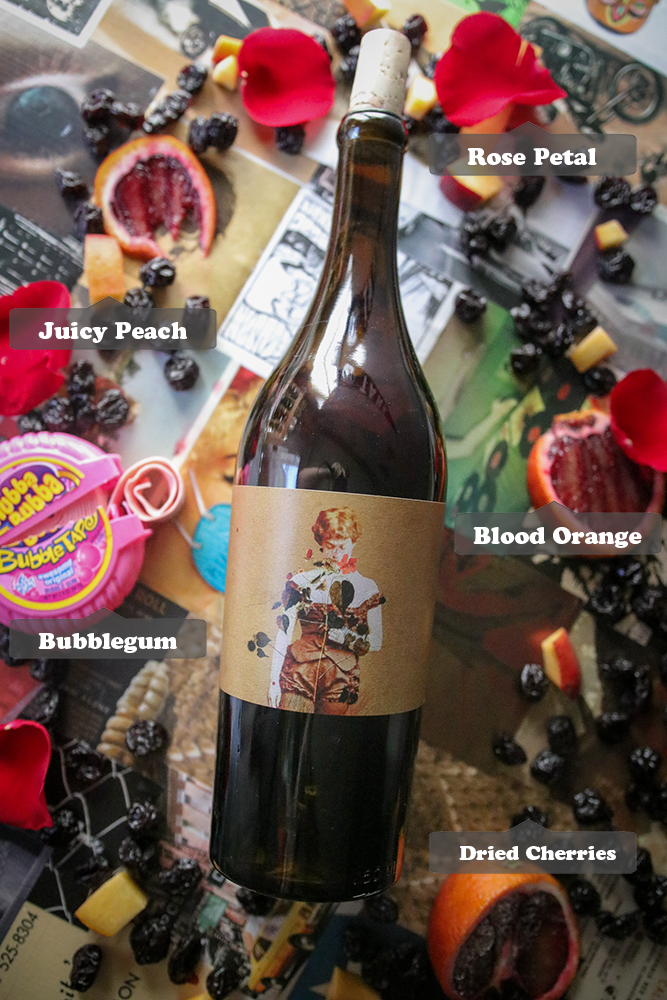
Like passed love notes during spring bloom, our very first Gamay is full of Little Secrets, not meant to be unveiled. But we’ll make an exception with this bottle. Because we’re talking about carbonic macerated Gamay, Beaujolais Nouveau style. It takes approximately 5-15 days for carbonic maceration to complete and our Little Secrets spent 7 days carbonically macerating. You heard that right. On the nose, experience rose petals, dried cherries, and Hawaiian Fruit Punch. On the palate, this wine is fresh as hell with notes of herbaceous membrillo, blood orange, juicy peach, and Hubba Bubba bubblegum. With bright acidity and a satin texture, this wine will enamor you.
Gamay is hard to find, but that didn’t stop us. And after several years of searching, we finally landed at the Barsotti vineyard sitting pretty at 2,800 ft above Placerville in the El Dorado appellation of the Sierra Foothills. The grapevines were planted in 2005 by badass local stonefruit grower, Ron Mansfield for Bay Area winemaker, Steve Edmunds. Together, Steve and Ron envisioned growing the first true Gamay Noir in California in the decomposed granite soils of Barsotti. Days are warm and dazzling with cool and crisp evenings that ensure the fruit ripens slowly while preserving freshness. There's something about the combination of Gamay and Granite that creates a wine with a huge personality.
Introduction to Tank
When we opened Tank Garage Winery in 2014, we didn’t know if it would turn into Napa’s coolest winery, or work at all for that matter. In fact, for a while, it seemed like it wouldn’t. Napa Valley just didn’t seem ready for an old garage pumping out eclectic wine blends and vintage vibes. The people that drove by looked confused and if they ever stopped, it was to try and get gas. Nobody seemed to get it. But then, we found you. If you are reading this, thank you for sharing our dream. Thanks for helping us build Napa’s most fun wine tasting experience. Thanks for supporting us when the odds are stacked against us. We’ll keep pushing boundaries in winemaking. We’ll keep doing cool shit. And we promise to keep rockin’ and rollin’.
History of Calistoga
History of Calistoga
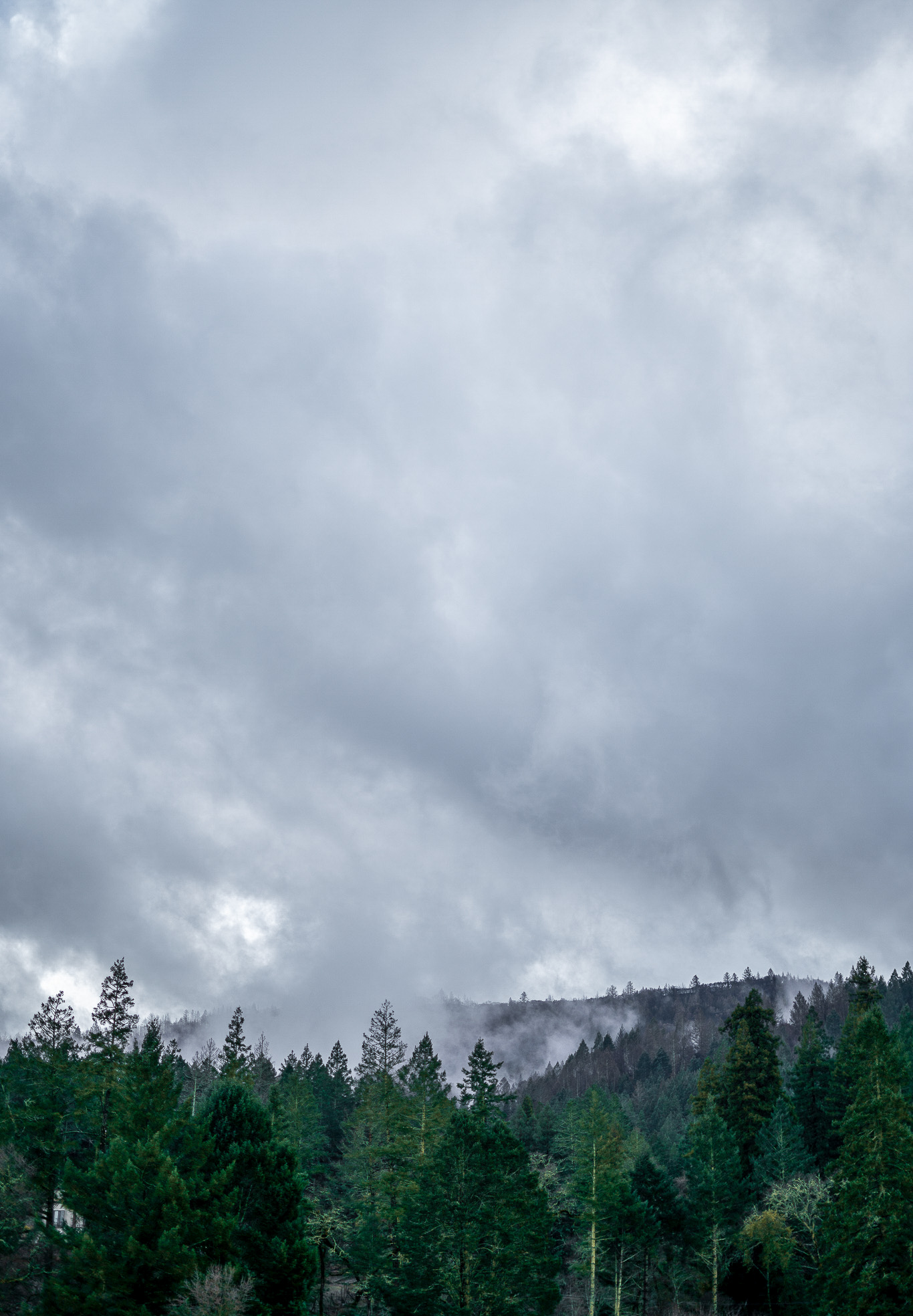
Calistoga, California is situated at the northernmost tip of Napa Valley in California’s Wine Country. It is Northeast from Santa Rosa and south from Clearlake. On this end of the valley, living is easier. It’s small and quaint and the roads are quieter. The 5,000 folks who live here retain the town’s rustic charm. Wineries here are farther and fewer between. According to the United States Census Bureau, the city occupies a total of 2.6 miles. Calistoga is the perfect segue from Napa Valley Wine Country to Sonoma County Wine Country. With Calistoga being such a small town, walking and bicycling are the best ways to get around. Calistoga is the closest Napa Valley town to Knights Valley and Healdsburg.
History of Calistoga
Napa Valley was once the home of many indigenous people. The Wappo lived in Calistoga during the Spanish colonial era of the 1700s. In this era, Napa Valley was controlled by the Mission San Francisco de Solano in what is now called Sonoma. After mission properties were disposed of by the Mexican government following their Independence, Napa Valley was divided into Ranchos in the 1830s and 1840s. At the same time, the first American settlers began to arrive. Samuel Brannan was the leader of a settlement expedition landing in what is now San Francisco in 1846. Brannan purchased 2,000 acres in 1885 to develop a spa that reminded him of Saratoga, New York. When the railroad completed construction in 1868, Calistoga became a destination and a proponent of transportation.
Where did Calistoga get its name from?
The town’s name is derived from Brannan’s tipsy mistake of wanting to call it the Saratoga of California, which instead came out as the “Calistoga of Sarafornia.”
Calistoga differences vs. St. Helena, Yountville, and Napa
Calistoga and St. Helena are both lovely towns only about 15 minutes away from each other. As you move further south, you’ll hit Yountville and then Napa. All three cities have their own charm. Compared to St. Helena, Calistoga is more picturesque with mountain and vineyard views surrounding the town from all angles. The largest distinguishing factor of Calstoga versus its neighboring towns is the geothermal hot springs. To get a nice soak in, Indian Springs Resort is highly popular for its spa services, including mud baths. St. Helena has been referred to as the Beverly Hills of Napa, featuring the most exclusive shopping. Yountville is very folksy and has more Michelin star restuarants per capita than any other US city. Hit all three cities to experience the best of what Napa Valley has to offer.
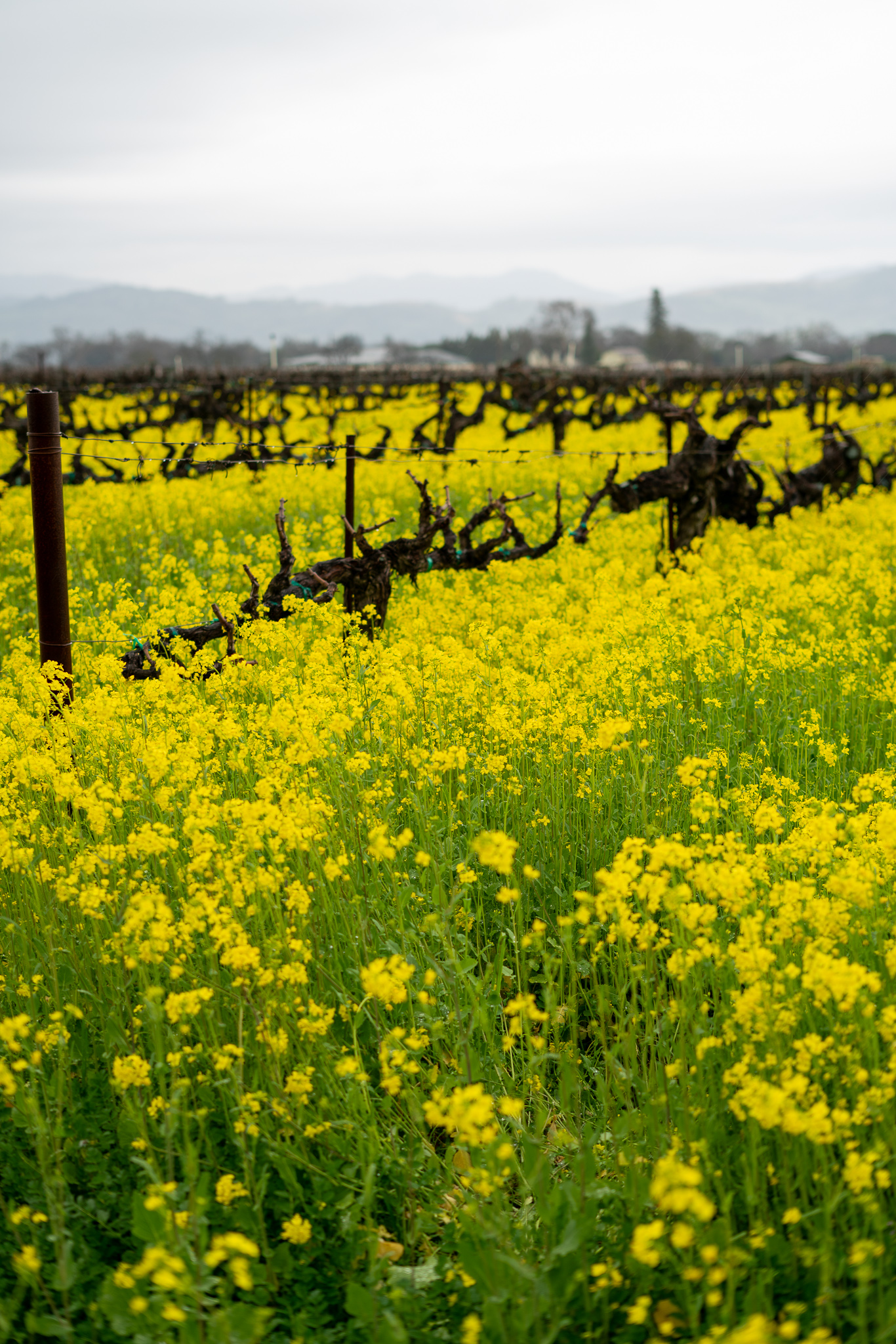
Fun things to do in Calistoga
Calistoga is home to countless wineries, restaurants, hotels, boutique shops, and spas. Calistoga is the perfect place for hiking, biking, golf, swimming, horseback riding, or simply strolling the downtown strip. Calistoga is a haven for geothermal activity and many of the spas use the area’s natural mineral hot springs. It’s also known for the Old Faithful Geyser of California. Back in the day, The National Geographic Society declared the Old Faithful Geyser of California one of three “faithful” geysers in the world because of its regular eruptions. The geyser is known to be a good predictor of earthquakes; if the eruption is delayed or lessened, it’s pretty likely an earthquake will occur in the following few weeks in the 500 miles surronding the geyser. Millions of years ago, a nearby volcano erupted and lava buried the surrounding trees, essentially fossilizing them in the Petrified Forest, located on Petrified Forest Rd.
Featured Wines
Retired
We’ve used famed Calistoga fruit in several of Tank bottles. Most recently, we used 69% of Petite Sirah from Kalin Vineyard in Calistoga in our retired Bring Black Roses. Exposed to sinisterly hot summer days, and chilly nights, this stuff concentrates deep, dense flavor and color. To round out the blend, we turned to our old friend with 15% Cabernet Sauvignon from Temple Ranch to add a bit of lush opulence, and lastly, 14% Zinfandel for some spice. Together these forces deliver a wine that’s oozing with black fruit character. The dark ruby color is sexy, but the black cherry and rose petal aromas really make this wine seductive. On the palate, we get these silky smooth, round flavor reminiscent of blackberry cobbler plus raspberry, huckleberry, and some cocoa for good measure. Really, though, this wine rules.
We also used Calistoga fruit in our uniquely blended 50% Syrah and 50% Skin-Fermented Viognier to create one of the most exceptional examples of winemaking to ever come out of our garage. We began with Syrah from one of the best sources in our state, Calistoga’s own Frediani Vineyard. This fabled vineyard is home to some of Napa Valley’s oldest vines, which thrive under the hot Calistoga summer days, producing fruit with opulent black fruit flavor and pepper spice. The first thing you’ll notice once you pour Reborn is the pronounced tropical aroma overflowing from the glass. Trust us, you’ve never smelled a red wine like this before. Once you take a sip, the Syrah’s lush blackberry and blueberry flavors intermix with apricot, peach, and vibrant acidity from the Viognier. The tension between these two grapes create something that’s almost indescribably delicious, like a floral cherry cola with tanning, structure, and pepper spice. Bertus’s gambit paid off once again.
Introduction to Tank
Welcome to Tank. A home away from home where you never dream alone. At Tank, we’ve set out to do something different. We specialize in the art of the blend and we only release limited one-offs so we never put out the same thing twice. Our winery is set in a 1930s gas station turned tasting room aka your next favorite place to hang. Tank started out as a dream to make wines with soul and purpose. No business plan, no exit strategy, just a mission to do cool shit. We source fruit from California’s most sought after vineyards (and some obscure ones, too) to make the most unique wines you’ve ever experienced. Come on by and hang with the Tank crew while we pour you through limited release wines! If you’re reading this, thank you for being a part of this crazy ride.
A Little Mendocino AVA Spotlight
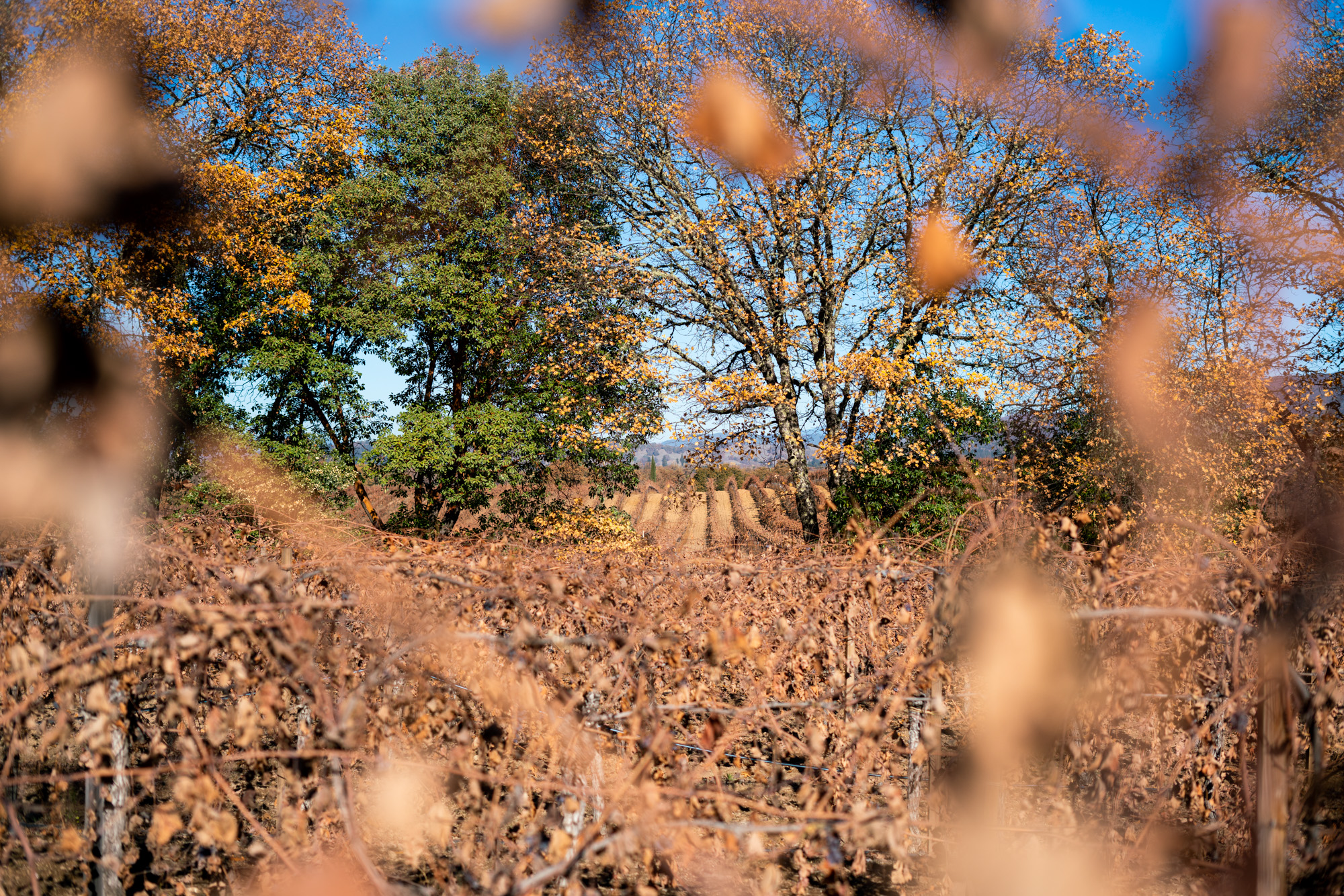
History
The Mendocino AVA is an American Viticulture Area in Mendocino County, CA that is foggy, cool, and covered in redwood forests. Winemaking has a lengthy history in Mendocino with 108 local wineries still producing. During Prohibition, nearly all wineries were eradicated and replaced with fruit and tree nut orchards, but some remains of those deserted wineries still exist. Today, Mendocino is well-known for dominating the green wine movement, with ¼ of grapes in the region grown and farmed organically. This AVA is known for its Mediterranean climate, growing grapes like Carignan, Charbono, Grenache, Petite Sirah, Syrah, and Zinfandel. A plethora of wineries in Sonoma and Napa counties purchase Mendocino grapes to blend into their wines. There are over 550 vineyards and over 50 wineries in the region.
Climate
Mendocino AVA is one of the northernmost wine regions in California with two very different climate zones separated by the Mendocino Range. Mendocino County has 10 diverse appellations within it and almost a quarter of the region's wine grapes are organically grown. The ridges are above and surrounded by coastal fog, coining the name “Islands in the Sky.” The vineyard soils of Mendocino are mostly deep alluvial. Close to the Russian and Navarro Rivers, the soil is more of a gravelly-loam and thin scree. North of Ukiah, vines are often planted with an eastward orientation, and further south, vines are planted with a westward orientation to prevent heat stress. To the west, the Pacific fog drifts in, blanketing the valley with thick, cool fog, dominating the climate in Anderson Valley. With so much moisture, rain can sometimes be an issue. The climate season in Mendocino county stimulates a shorter grower season of approximately 268 days compared to the average 308 days in Sonoma.
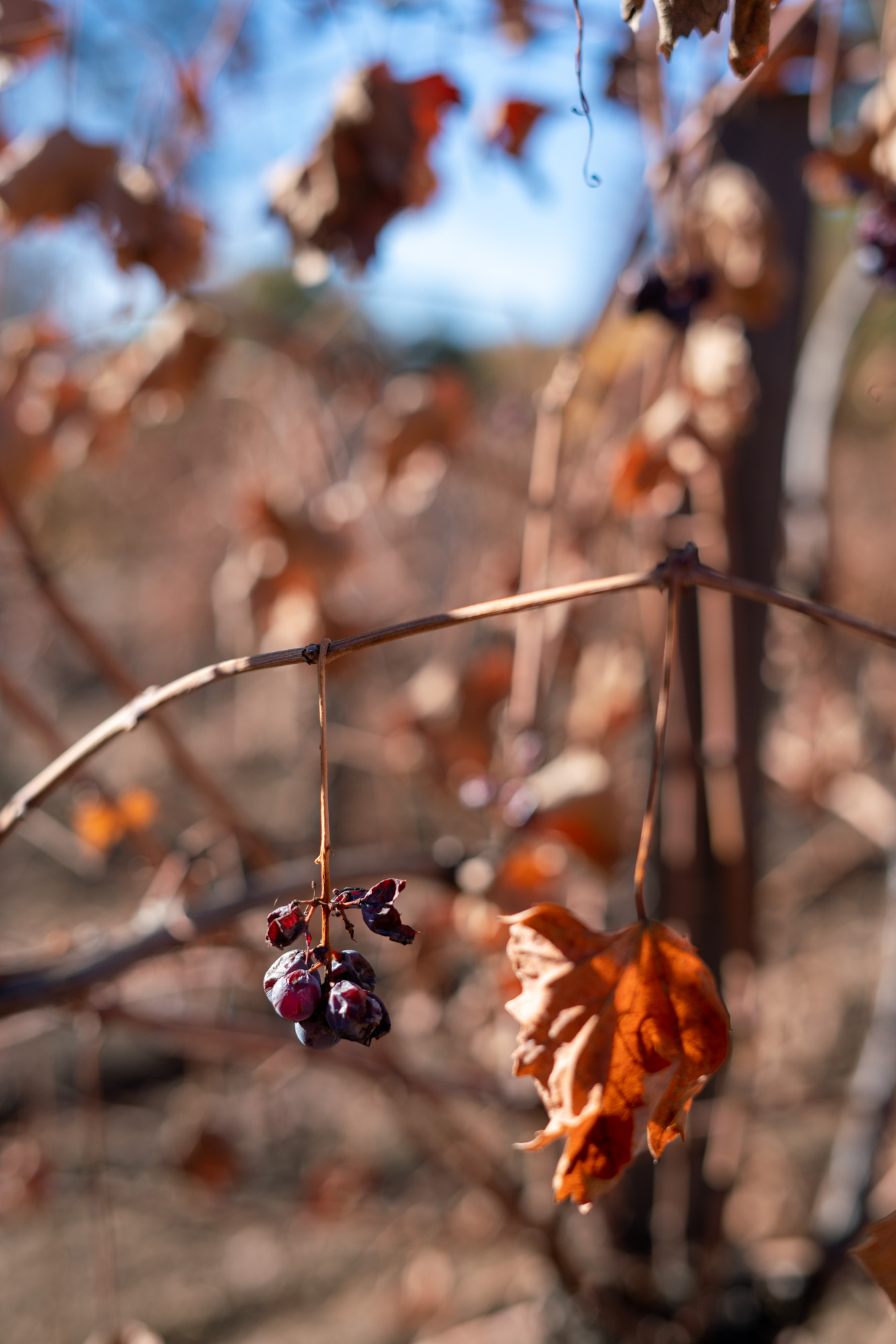
Sub-AVAs
In the cooler region, you will find the appellations of Mendocino, Mendocino Ridge, Anderson Valley, and Yorkville Highlands. In the warmer region, you will find Redwood Valley, Potter Valley, Cole Ranch, McDowell Valley, Covelo, and Dos Rios. Anderson Valley opens to the Pacific, producing cool climate wines like Gewurztraminer, Chardonnay, Pinot Noir, and sparkling wines. Cole Ranch, the smallest AVA, is known for its production of Cabernet Sauvignon and Riesling. McDowell Valley cultivates Syrah, Cabernet Sauvignon, and Zinfandel. Ukiah Valley is known for its warm to hot climate and grows Chardonnay, Sauvignon Blanc, and Zinfandel. Mendocino Ridge boasts vineyards about 1200 ft and primarily produces Zinfandel.
Featured Wines
Current
Our 100% Chenin Blanc, Bohdi, comes from the Enlightenment Vineyard in Ukiah. Originally planted as Valdiguié, the now 85-year-old vines were grafted in 1980 to produce Chenin Blanc. Farmed naturally and organically, we picked and whole-cluster-pressed our Chenin Blanc using native yeast fermentation in a barrel with a partial natural malolactic fermentation to create a wine that’s both fresh and creamy.
We head back to Fox Hill Vineyard in Mendocino County for another riff on Cal-Ital wines for our 2019 Money Honey, which is 65% Sangiovese, 25% Primitivo, 8% Negroamaro, 2% Dolcetto. This 60-acre vineyard, just north of Hopland, sits on the upper Russian River between 700 and 1,400 feet in elevation. The vineyard's gravelly loam soils blossom amazingly high-quality, complex fruit, despite low yields. Owners Lowell and Barbara Stone have their entire property planted with these incredible Italian varietals and we just keep coming back for more.
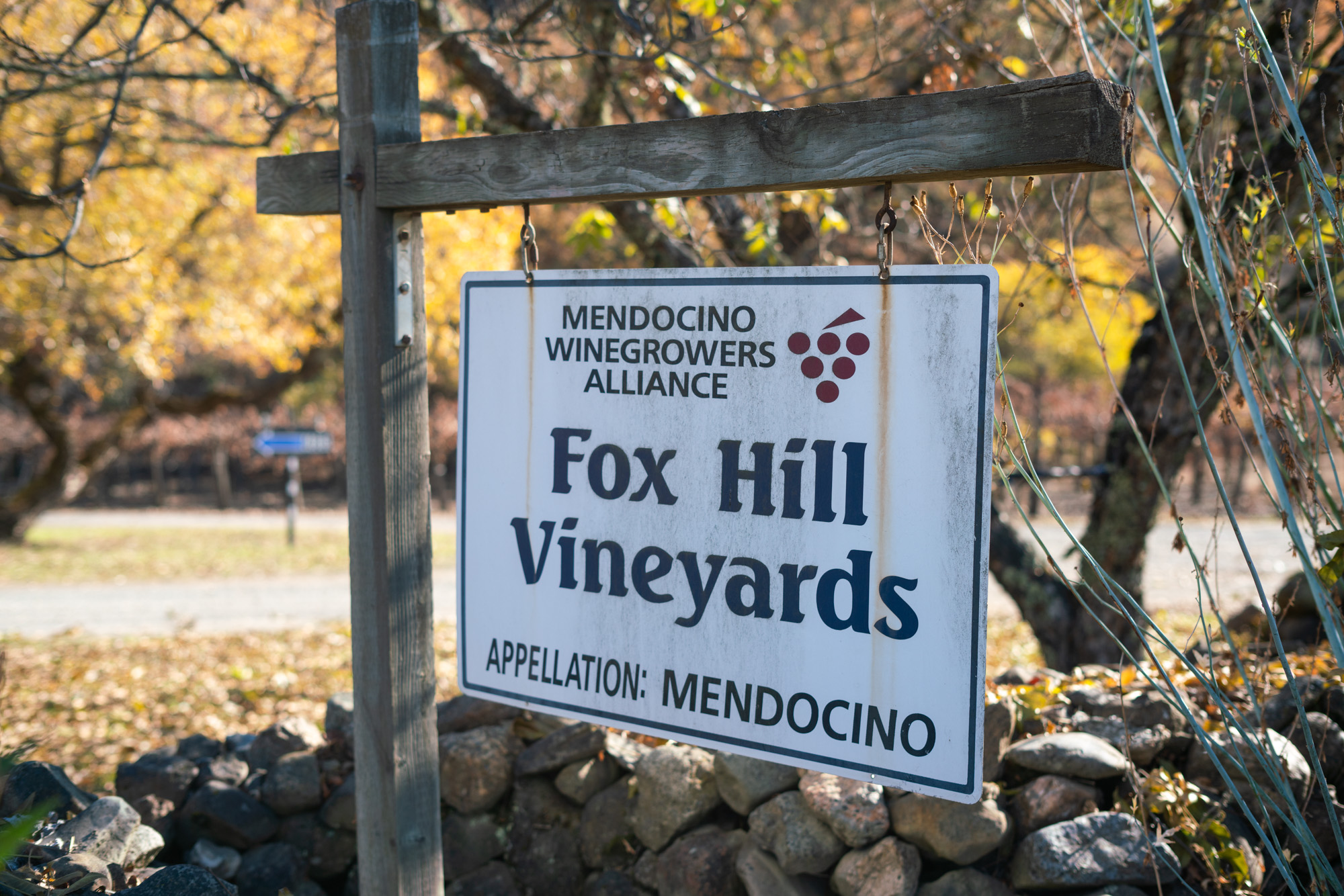
Retired
Our winemaker, Bertus, scored us fruit from the mother-f'ing Shake Ridge Ranch for Cool Confusion, a retired wine blended with 95% Syrah and 5% Viognier. Yes, the world-famous Amador County vineyard owned by legendary viticulturist Ann Kraemer. If you aren't familiar, read up, this is mythical territory when it comes to terroir. Situated 1,800 feet above sea level, the cool air from the Sierras makes for a long growing season, helping fruit retain fresh acidity and texture. To make a wine from such sacred vines is an absolute honor.
Introduction to Tank
Hey there! Welcome to Tank Garage Winery, the coolest winery in Napa Valley. No... really. Visiting the tasting room is like taking a trip back in time to a 1920s gas station turned speakeasy, pouring rad as shit wines and playing bomb as hell music. Cool California vibes mixed with vintage decor bring to fruition the most quirky encounter you’ll get at a winery. We think tasting wine should be easy, chill, and accessible for everyone and that’s the experience we’ve created at Tank. No judgment. No pressure. No frills. Everything we do is with our heart and soul.